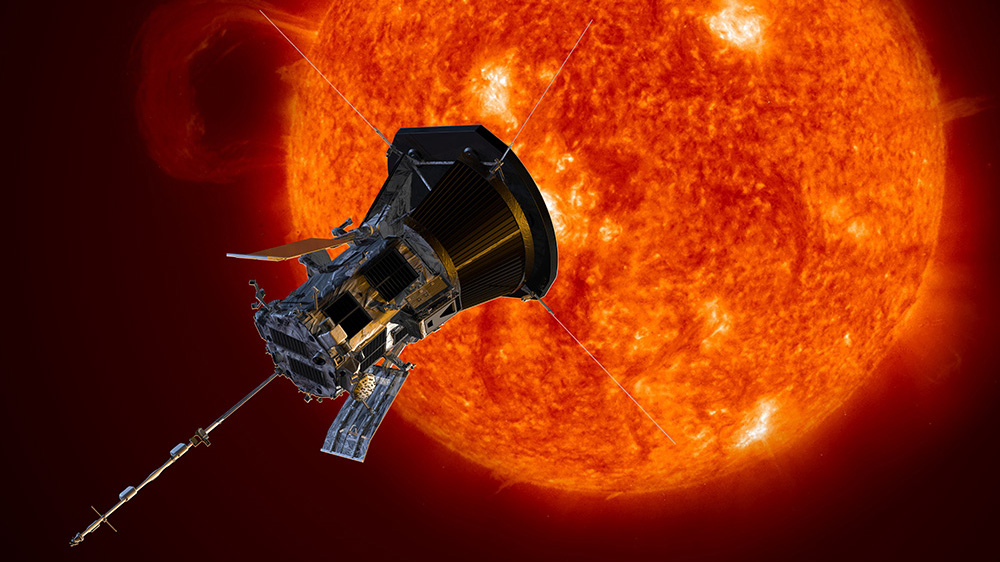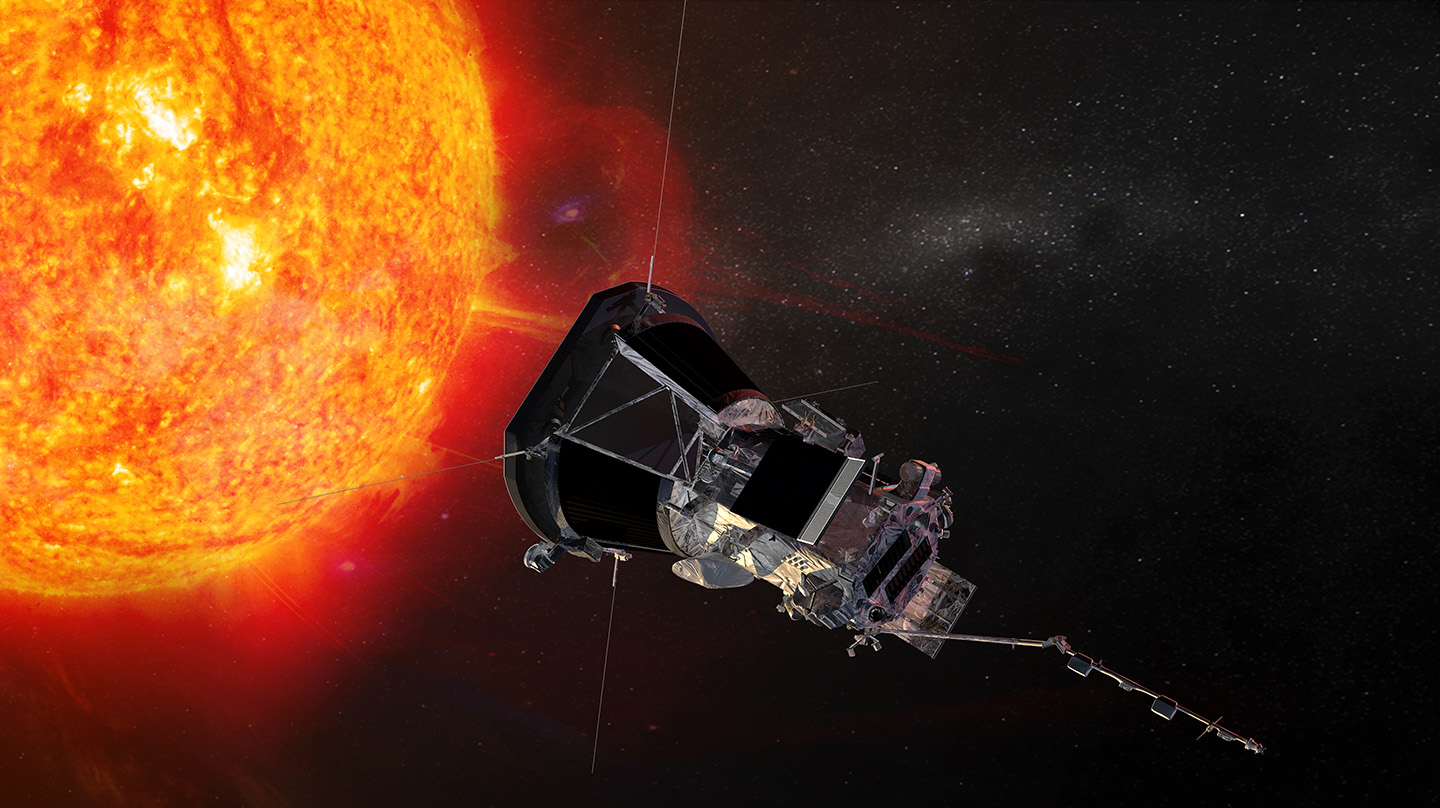News
Parker Solar Probe ‘Sees’ Sun Sweep Up Interplanetary Dust
In 2022, NASA’s Parker Solar Probe soared gracefully through one of the most powerful coronal mass ejections (CMEs) ever recorded—not only an impressive feat of engineering but a huge boon for the scientific community. Parker’s journey through the CME is helping to prove a 20-year-old theory about the interaction of CMEs with interplanetary dust, with implications for space weather predictions.
The results were recently published in The Astrophysical Journal.
A 2003 paper theorized that CMEs may interact with interplanetary dust in orbit around our star and even carry the dust outward. CMEs are immense eruptions from the Sun’s corona that drive space weather, which can endanger satellites, disrupt communications and navigation technologies, and even knock out power grids on Earth. Learning more about how these events interact with interplanetary dust could help scientists better predict how quickly CMEs could travel from the Sun to Earth, forecasting when the planet could see their impact.
Parker, which the Johns Hopkins Applied Physics Laboratory (APL) in Laurel, Maryland, built, managed and delivered as a flagship science mission within planned cost and schedule constraints, observed this phenomenon for the first time. The spacecraft continues to be operated from APL.
“These interactions between CMEs and dust were theorized two decades ago but had not been observed until Parker Solar Probe viewed a CME act like a vacuum cleaner, clearing the dust out of its path,” said Guillermo Stenborg, an astrophysicist at APL and lead author on the paper.
“The kinetic energy was huge,” said Russ Howard, a physicist at APL and co-author on the paper. “The speed and velocity created the conditions for the CME to clear that dust out.”
This dust is made up of tiny particles from asteroids, comets and even planets, and is present throughout the solar system. A type of faint glow sometimes visible before sunrise or after sunset is one manifestation of the cloud of interplanetary dust.
The CME displaced the dust all the way out to about 6 million miles from the Sun — about one-sixth of the distance between the Sun and Mercury — but it was replenished almost immediately by the interplanetary dust floating through the solar system.
In situ observations from Parker were critical to this discovery.
“From farther away, characterizing dust dynamics in the wake of CMEs is arduous and inconclusive,” said Nour Raouafi, Parker Solar Probe project scientist at APL. “Parker’s location so close to the event — actually flying through it — was critical. We were imaging the local environment, not a huge swath of space. This discovery might be related to other manifestations lower down in the corona, such as coronal dimming that often appears after violent solar explosions.”
Scientists observed the interaction as decreased brightness in images from Parker’s Wide-field Imager for Solar Probe (WISPR) camera. This is because interplanetary dust reflects light, amplifying brightness where the dust is present.


